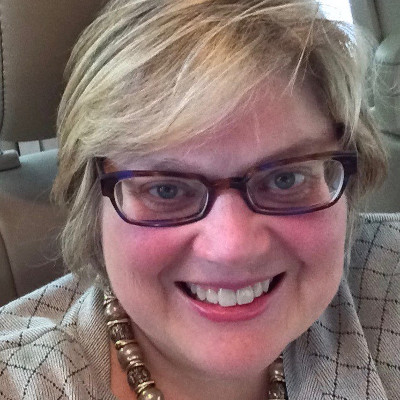Patients with a Late Diagnosis of Metastatic Cancer May Be Overtreated
This American Cancer Society study shows a need to better identify patients who may benefit more from end-of-life care than treatment to prolong life

Nearly 30% of people who died within 1 month of being diagnosed with an incurable cancer got aggressive treatment that may have been ineffective, according to a new American Cancer Society (ACS) study. Those treatments included surgery, chemotherapy, radiation, and hormone therapy. The study authors suggest more research is needed to better identify cancer patients who will not benefit from treatment to prolong life and who should instead be referred for end-of-life-care.
Planning treatment for patients who are diagnosed with cancer after it’s widespread, or metastasized, is complicated, said Helmneh M. Sineshaw, MD, MPH. He’s a principal scientist at the ACS. “There hasn’t been much research about the differences in treatment in these patients who die soon after diagnosis.” ACS researchers aimed to fill this knowledge gap with a study published on April 15, 2019, in JNCI Cancer Spectrum.
Sineshaw led a team of researchers from the ACS, Dana-Farber Cancer Institute in Boston, Baptist Cancer Center in Memphis, and the Mayo Clinic College of Medicine in Rochester, MN. They looked at treatment patterns from 100,848 adults who died within 1 month of being diagnosed with metastatic lung, colorectal, breast, or pancreatic cancer.
“The treatment for someone with an incurable cancer who isn’t expected to live long is generally to ease pain and improve quality of life—not active treatment directed at the cancer,” Sineshaw explains.
The researchers found that most patients (72.6%) didn’t receive active treatment. But nearly 30% received aggressive treatment. The patients most likely to receive aggressive treatment had colorectal cancer (37.2%), followed by breast (34.9%), lung (29%), and pancreatic cancer (29%). Patients' treatment also varied by age, health insurance, and type of treatment facility.
"The differences we saw in care suggest that some treatment decisions were appropriate, and some were inappropriate,” Sineshaw said. Whether the treatments patients received were ineffective still needs more research.
One promising finding was that the use of some treatments progressively declined over the 10 years studied, Sineshaw said. “This may mean that healthcare teams and patients and their families are better evaluating quality of life vs length of life and benefits of care vs cost of that care.”
The researchers used data from the National Cancer Data Base (NCDB), which is jointly sponsored by the ACS and the American College of Surgeons. The data did not include what influenced treatment decisions.
“We know, however, that treatment decisions can be influenced by many complex issues,” said Sineshaw. “Patients with incurable cancers and their doctors can overestimate how long they can survive, too.” Other research has shown that it’s not unusual for these patients to mistakenly think treatment can still cure their cancer.
"This study helped us gain insights about treatment people received in the month between their diagnosis of metastatic cancer and death," Sineshaw said. "But our data did not allow us to compare patients who received treatment and then lived longer because of that treatment," he added. "We also didn't have information about the use of palliative care. We need more research to understand how to predict the expected length of life for patients in this unique population, so we can better guide care decisions,” Sineshaw said.
- Helpful resources
- For researchers



